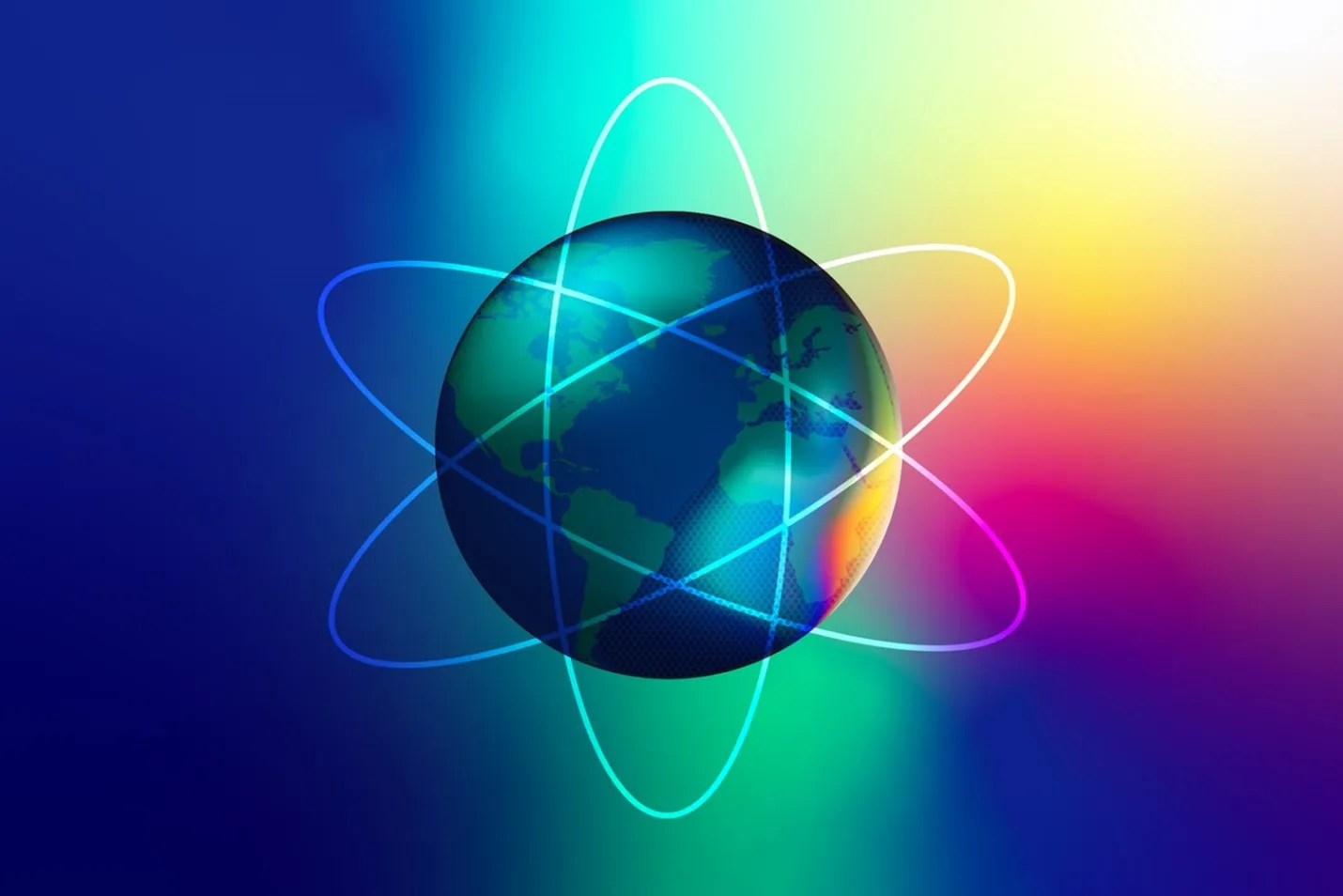Atoms for Peace Means Atoms for Climate
Clean nuclear energy is more important than ever for ensuring energy independence and meeting climate goals

Image: By NEI
Maria Korsnick, president and chief executive officer, Nuclear Energy Institute
Charles Oppenheimer, founder, Oppenheimer Project
In 1953, in a world fractured by the Cold War and an escalating nuclear arms race, President Eisenhower delivered a speech called “Atoms for Peace” before the UN General Assembly, enlightening the public about the risks, hopes, and possibilities of a nuclear future. 70 years later—amid global climate and energy security crises—his vision remains as relevant as ever.
Eisenhower’s “Atoms for Peace” speech fueled many subsequent developments in nuclear science including energy and medicine, and catalyzed several international treaties and agencies, including the International Atomic Energy Agency.
Today’s nuclear power plants that provide clean energy around the globe have their roots in the scientific discovery that ushered fission into the world. In the 1940s, J. Robert Oppenheimer and his fellow scientists offered prophetic advice that still stands true today: using science–even as powerful as fission–for our collective good is possible and a choice we must make.
By 1954 the Atoms for Peace program represented the antidote to the arms race, with politicians endorsing a program of scientific cooperation. Using fission for energy and the cooperation and communication required to do so is still the best way to reduce the largest risks in the world, including climate change. The IAEA is one of the few agencies that keep up relations with every nation in the world at all times, not just political allies.
With each new nuclear project, we increase the world’s supply of reliable, secure power, ensuring stability from the daily impact of price fluctuations, supply disruptions, power blackouts, and geopolitical instability. Energy security is national security; countries cannot have one without the other. Our global allies know that by making nuclear the centerpiece of the energy systems they employ, they can decarbonize their electric grids, build long-term economic development, and strengthen their energy independence.
Nuclear energy is clean energy—a win for us and a win for the climate.
It’s also important to note that the technological advances made since President Eisenhower’s day now enable power programs at every size and scale—from traditional large-scale reactors to small modular reactors to microreactors—allowing for reliable, clean energy to be deployed on every continent, in big cities, rural communities, and even on remote islands.
Study after study demonstrates that doubling or even tripling nuclear capacity by 2050 is imperative for meeting rising grid demands and ensuring a clean energy transition that minimizes the devastating impacts of climate change.
As Eisenhower foresaw, other opportunities for the applications of nuclear energy could eventually dwarf even the incredible demand for electricity. A study by engineering firm Sargent & Lundy found thousands of potential applications for nuclear energy across the economy; everything from medicine to manufacturing to agriculture to space exploration. This is not just about generating power—it’s about decarbonizing our entire global economy.
Last year’s COP28 was a landmark for nuclear energy, heralding unprecedented global commitments to expand the world’s most reliable clean energy source. Leaders from 25 countries committed to tripling nuclear capacity by 2050, dozens of countries backed an IAEA statement proclaiming that “net zero needs nuclear,” EXIM Bank and the U.S. State Department rolled out new financial support for SMR deployment around the globe, and the “Sapporo 5” announced their intent to mobilize $4.2 billion in government-led and private investment to support a secure nuclear fuel supply chain. World leaders gathered in Brussels earlier this year for the first global Nuclear Energy Summit to advance the COP commitments; while these conversations are critical, there is still much to be done and the stakes couldn’t be higher.
We’re talking about the future of our planet, our home—the world that our children and grandchildren will inherit. We must rise to meet this demand. Our collective success requires that global governments and industry continue to deepen and expand the ways we work together to make good on our pledges.
Today, we reaffirm President Eisenhower’s pledge, “to devote [our] entire heart and mind to finding the way by which the miraculous inventiveness of man shall not be dedicated to his death, but consecrated to his life.” By advancing our global energy cooperation, we can honor the legacy of Atoms for Peace, and the philosophic and scientific principles we will forever need going forward for more openness and cooperation, moving beyond the zero-sum mentality into one of abundance. That includes achieving our climate goals and bringing energy security to nations worldwide through the expansion of clean, reliable nuclear energy.
